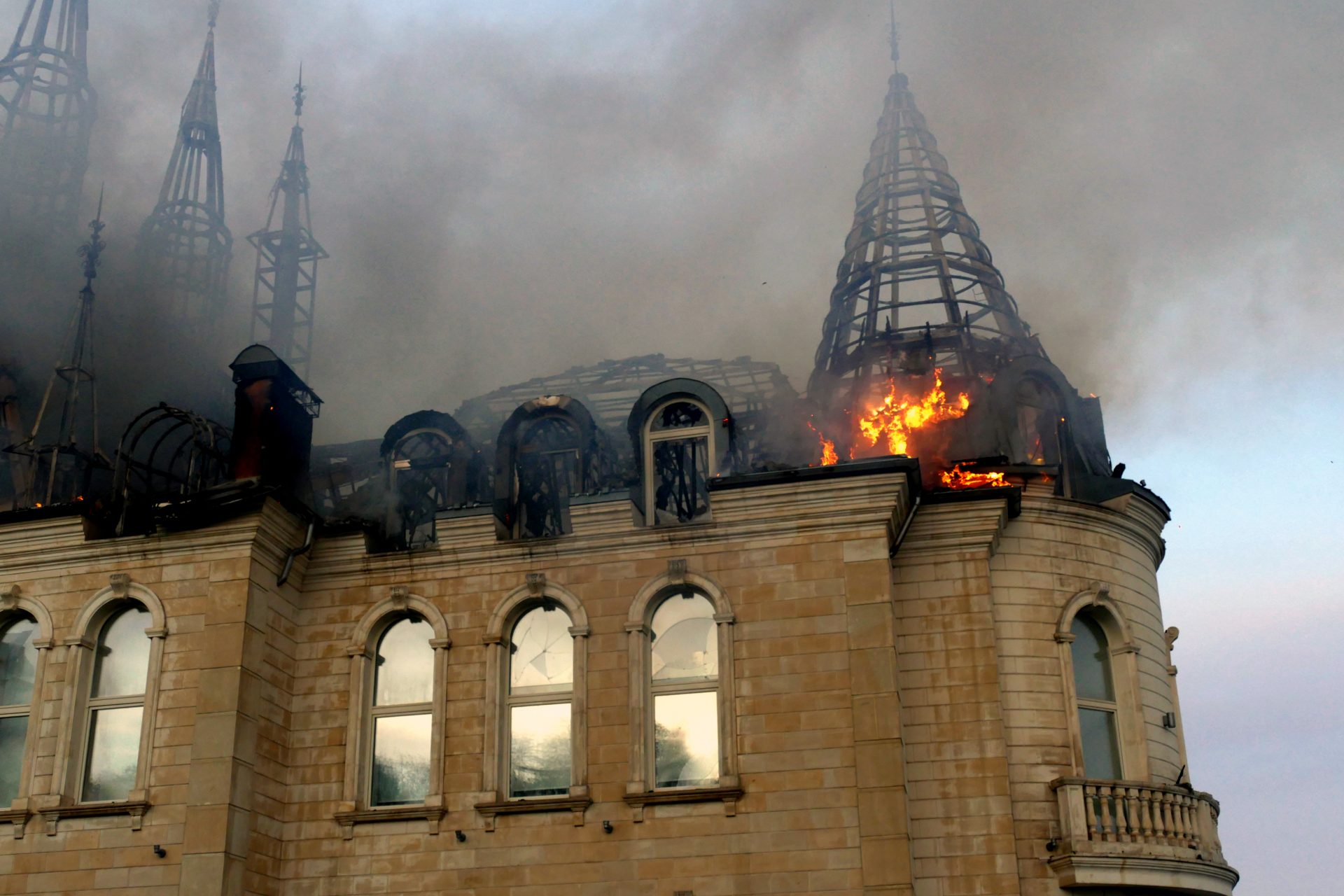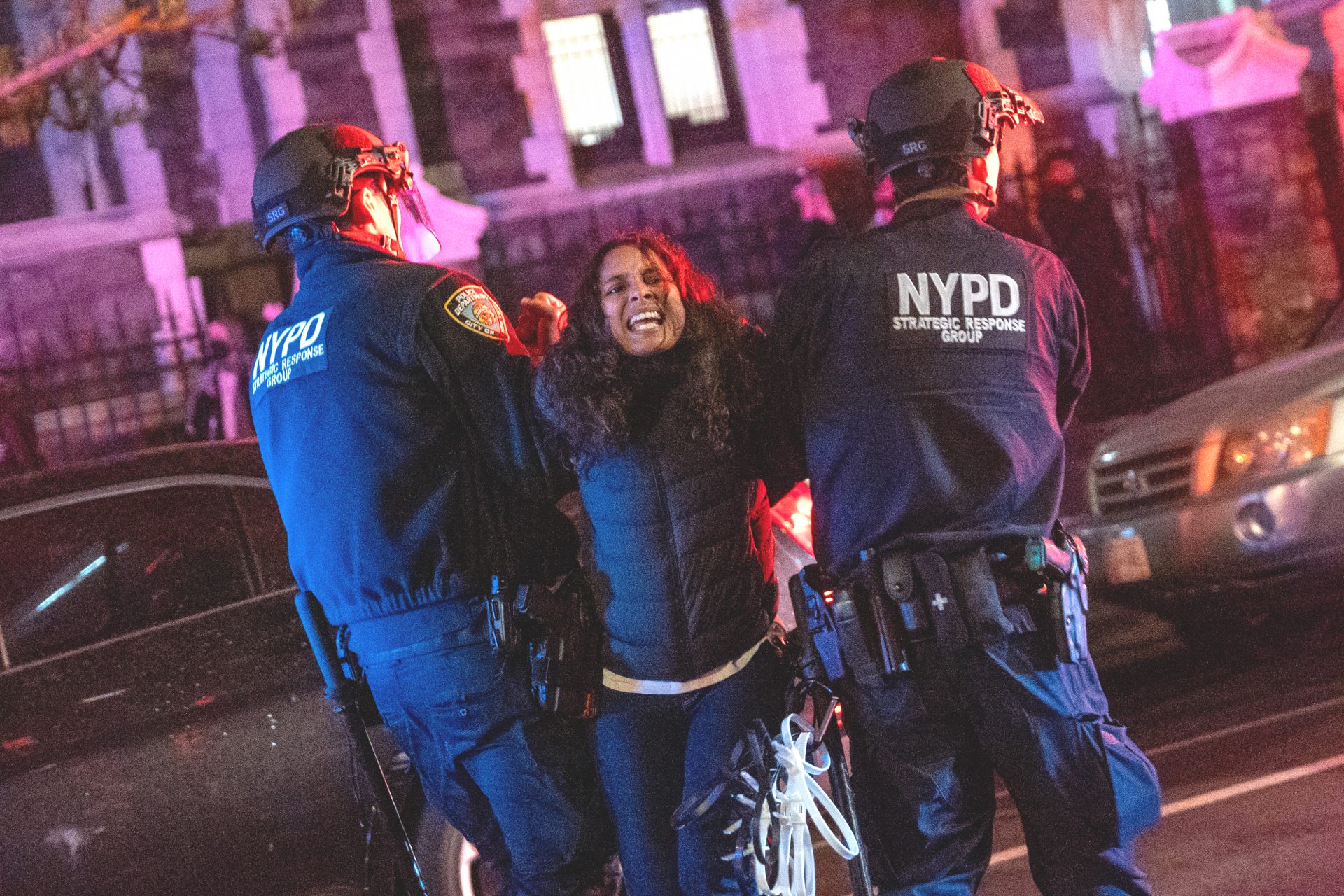Convenience or conspiracy? What is a 15-minute city?
The 15-minute city concept is quite straightforward — a city made of neighborhoods where most daily necessities and services like work, school, healthcare, and leisure can be reached within a 15-minute walk or bike ride. However, it’s also become one of the hottest new conspiracies. So, let's dive in to see what's really going on here.
Photo: Anti 30 minute city protest in Oxford, England
While this may seem like an old-fashioned neighborhood concept, it’s very different from the modern urban planning paradigm that has dominated modern cities, which largely aimed to separate residential neighborhoods from industry, retail and entertainment spaces.
Carlos Moreno is the inventor of the term. In his 2020 Ted Talk, he says it’s an attempt to “converge life into a human-sized space rather than fracturing it into inhuman bigness and then forcing us to adapt.”
Image: Ted/The 15 Minute City
Moreno said by working around these four concepts that include adding green spaces and building community, cities can become better places to live. To maximize utility, every public square meter that’s built should be used for different things.
Image: Ted/The 15 Minute City
In a world of rapid urbanization and climate change, the idea is to become more people-friendly versus car-friendly. Moreno says that many cities are designed to save time, but people waste so much time commuting and stuck in traffic jams.
The concept exploded when many people were working from home amid the depths of the pandemic. It also came at a time when many cities were thinking about how they would recover and adapt to a post-pandemic era.
Anne Hidalgo (pictured), the mayor of Paris, was the first to bet on this precise concept. It was part of her 2020 campaign, and she is already decentralizing services, adding more bike lanes, encouraging local shops, building more green spaces and transforming public spaces into multi-purpose things, like turning schools into community centers at night.
The city of Lagos drew on one of the key concepts of the 15 minute city and turned schools shut down during COVID-19 into makeshift food markets to prevent panic buying and decrease commute times.
While the US may not be the first place that people think of when imagining this kind of city, Tempe, Arizona, is an example of a place where most services are within a 20-minute radius. Portland’s ‘Complete Neighborhoods’ strategy is also in the same philosophy.
While many European cities like Milan and Barcelona are moving full speed ahead now, Melbourne, Australia, has been implementing the idea since 2018, when it successfully piloted its first 20-minute neighborhood.
While China is also known for sprawling cities, Shanghai, Guangzhou and other cities have adopted the concept. Chengdu’s ‘Great City’ plan aims for everything to be within a 15-minute walk of the walkable center and connected via mass transit.
The mayor of the Canadian city of Edmonton has also adopted the concept, aiming to add bike lanes and wide sidewalks. But the idea of building “a community of communities” triggered a huge backlash and a significant protest in 2023.
The protestors and online critics are calling the idea “dystopic.” “They want us to spend 90% of our life in this 15-minute area so they can monitor our carbon footprint,” protestor Alexa Posa told local media. “It’s our future that’s slowly being destroyed.”
Image: yegunited2.0/TikTok
Yes, in 2023, the urban planning concept got swept up into the next big conspiracy. Followers of QAnon and other fringe ideas say it’s a guise for politicians to forcibly lock people into their neighborhoods, turning them into kinds of “open-air prisons.”
The famous Canadian psychologist known for his controversial views retweeted a viral theory and even wrote himself: “The idea that idiot tyrannical bureaucrats can decide by fiat where you’re ‘allowed’ to drive is perhaps the worst imaginable perversion of that idea--and, make no mistake, it’s part of a well-documented plan.”
The British Brexiteer caused panic when he called the 15-minute plan of the city of Canterbury a “climate lockdown.” While the city’s plan does intend to limit which cars can drive into certain neighborhoods at certain times of day, employing cameras that monitor license plates, that’s not the case for many city’s plans, and people won’t be locked into neighborhoods.
In fact, what most conspiracists are seizing on is the UK concept of the “low traffic neighborhood.” While it also aims to reduce traffic and boomed in popularity during COVID, it is simply about reducing traffic and uses barriers or cameras to limit traffic in different neighborhoods.
Conservative Party MP Nick Fletcher called 15-minute cities an “international socialist concept” during a February 2023 debate in the UK Parliament. Some 2,000 protestors also met up in Oxford, saying it is a plan to create “ghettos” and an “instrument of “tyrannical control” by the World Economic Forum.
When a train carrying dangerous chemicals derailed in Ohio in February, social media users said it was all part of the plan to relocate rural residents into the 15-minute city.
The 63-year-old urbanist has become “public enemy number one” and for the first time in his career, started receiving death threats. “Conspiracy-mongers have built a complete story: climate denialism, Covid-19, anti-vax, 5G controlling the brains of citizens, and the 15-minute city for introducing a perimeter for day-to-day life,” Mr. Moreno told the New York Times.
Image: Ted/The 15 Minute City
While the original 15-minute city concept has nothing to do with technological surveillance, it isn’t free of more rational criticism. Some are simply happy with the status quo and love driving. Others suggest it could lead to gentrification and displace lower-income residents.
More for you
Top Stories


































